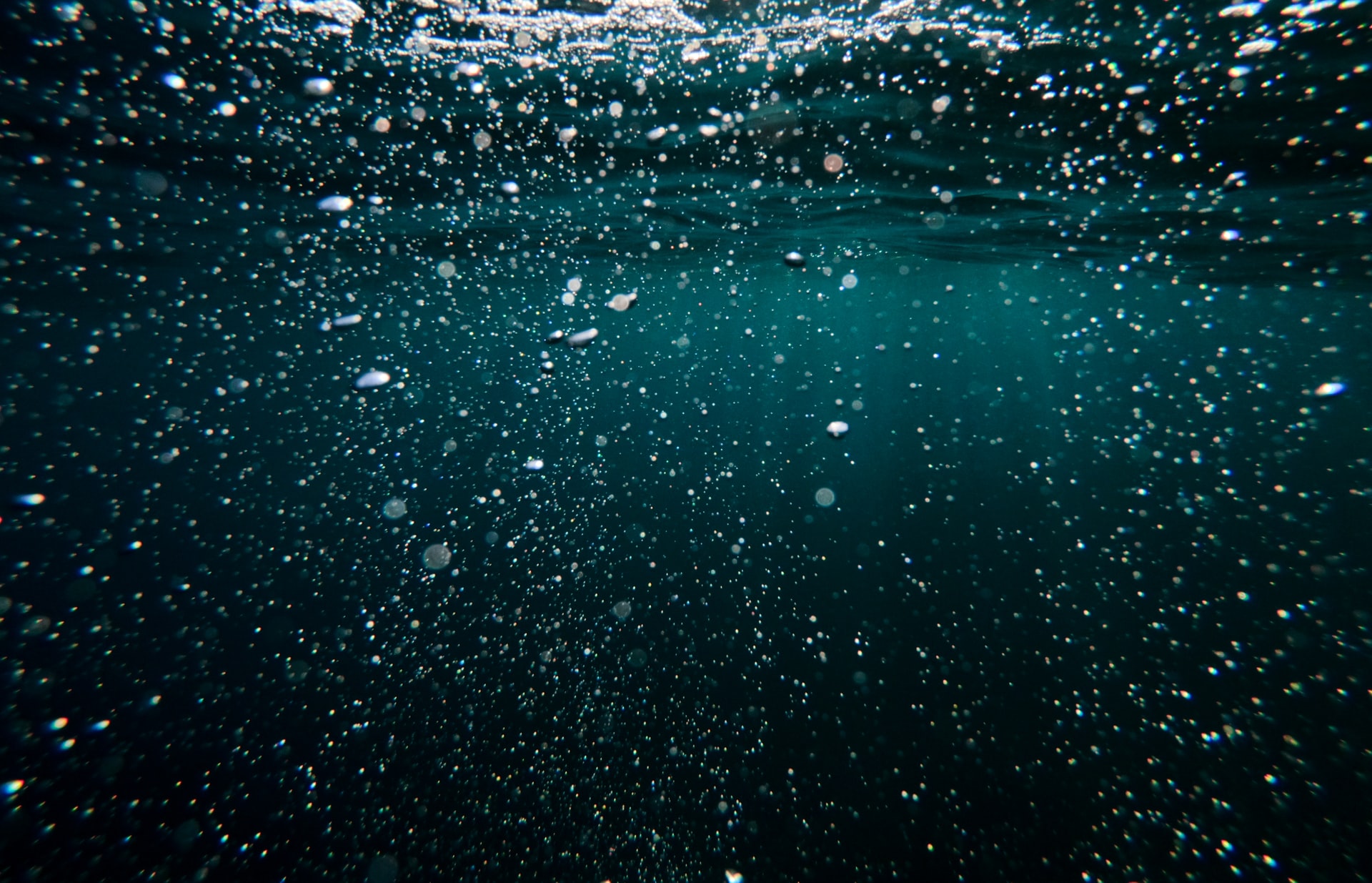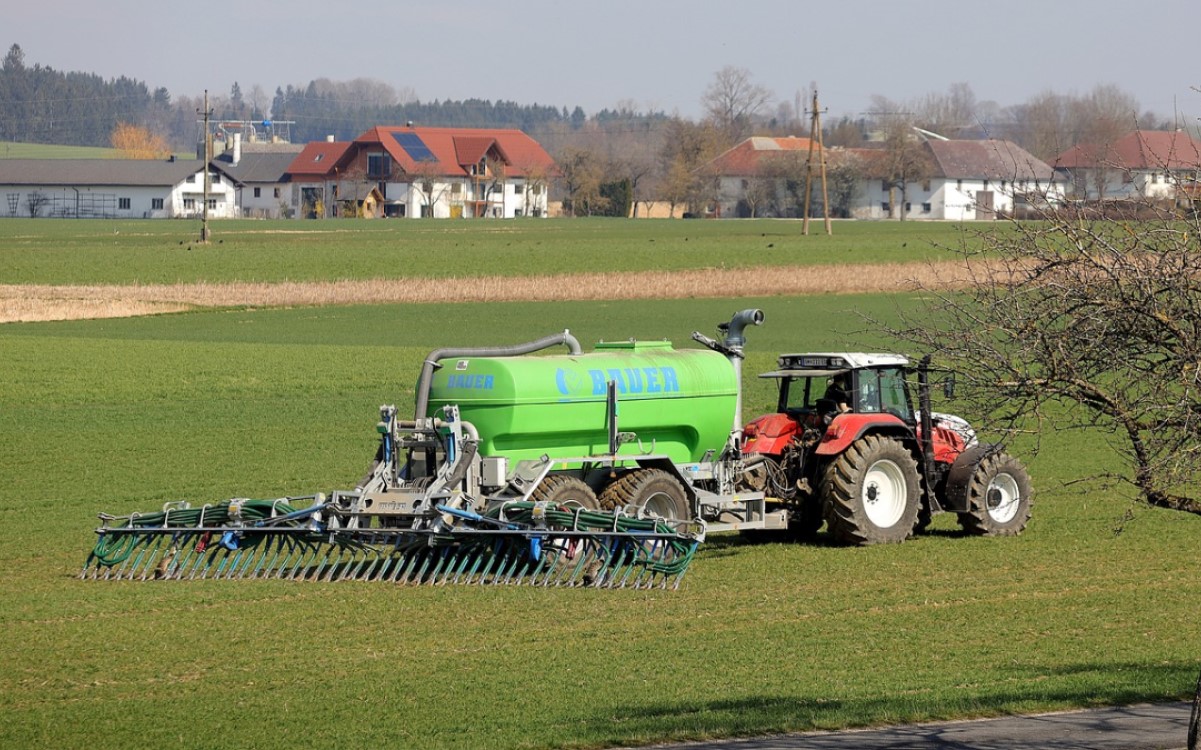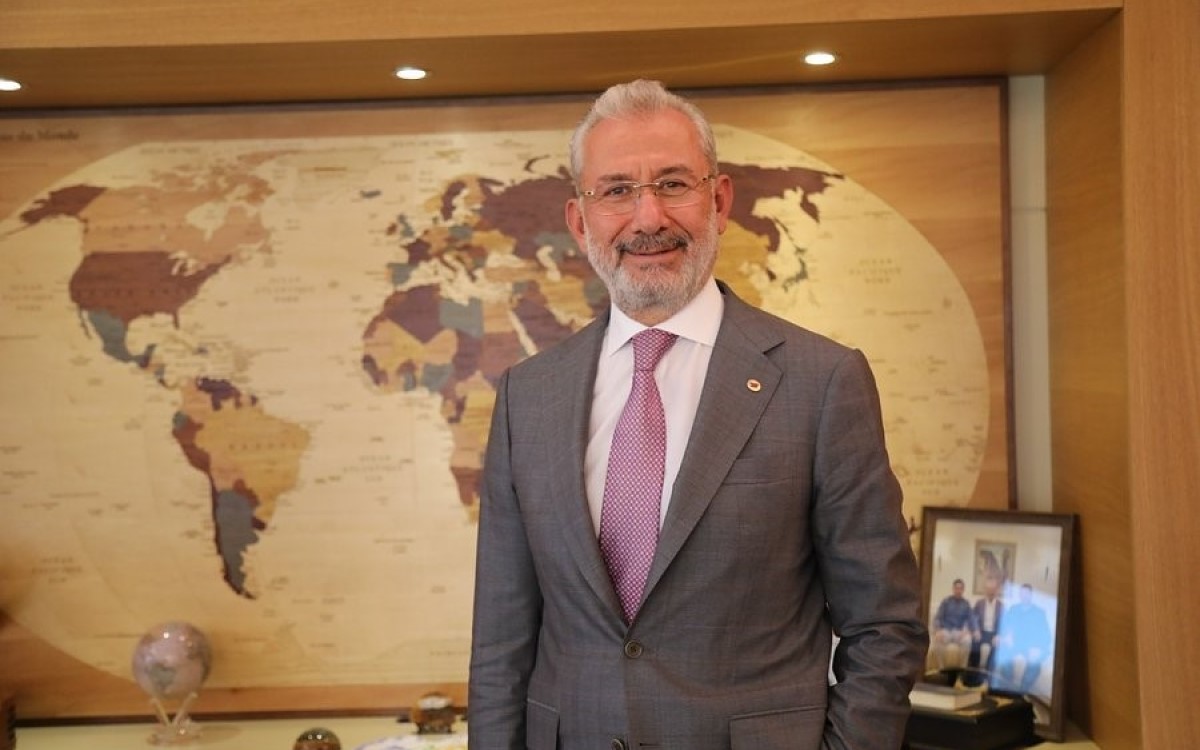DuPont maintains a globally leading portfolio of water purification and separation technologies, including ultrafiltration, reverse osmosis and ion exchange resins. The Ligasep™ product line utilizes a PMP (polymethylpentene) hollow fiber membrane which is used to remove dissolved gases, such as oxygen and carbon dioxide, from water to prevent oxidation and reduce the ionic load on downstream processing equipment. Control of these gasses is an integral part of producing high quality water used in the power generation, industrial manufacturing and semiconductor industries. These modules can be installed in series within the same water treatment system, ensuring efficient degasification and achieve ppb levels (parts-per-billion) of dissolved gasses for a wide range of flow rates in water treatment applications.
Degasifaction technology
Conventional degasification technology sprays the water into droplets in a tower; creating droplets increases the gas liquid contact area and improves the efficiency. The tower is designed to operate under a vacuum (to lower the total pressure of the gas mixture) or with a sweep gas (to replace the gas in contact with water with another gas). When removing carbon dioxide, air is often used to maintain a CO2 free gas in contact with the water. In the case of carbon dioxide, the gas solubility is very high so the air must be continuously replaced to assure that no carbon dioxide is in the gas that is in contact with the water.
Membrane degasification technology brings the gas and liquid phases in contact with each other across a hydrophobic membrane. The membrane does not allow water to pass through the membrane but freely allows gas to pass through. This creates a large contact area (10X that of a tower) that maximizes the efficiency. Just as in a tower, the gas concentrations and pressure on one side of the membrane are adjusted to remove gases from the water.







